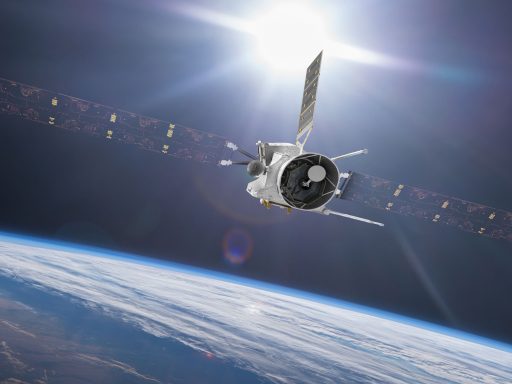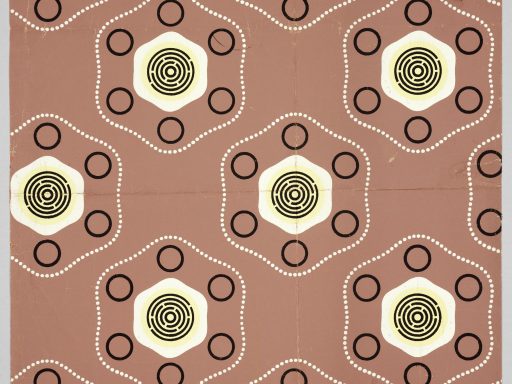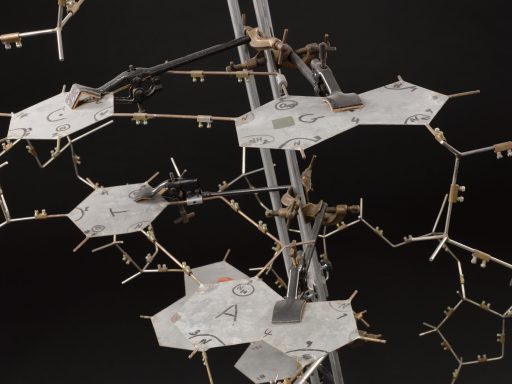
As the 2018 FIFA World Cup kicks off, we decided to mark the occasion with our very own #WorldCupOfObjects.
Our world-class collection forms an enduring record of scientific, technological and medical achievements from across the globe. Come behind the scenes as we explore new object acquisitions and meet the conservation team.

As the 2018 FIFA World Cup kicks off, we decided to mark the occasion with our very own #WorldCupOfObjects.

To celebrate 51 years since Sgt Pepper’s Lonely Hearts Club Band was first released, we look at five ways The Beatles influenced the world of science.

Content Developer, Kyle Osbrink, explores the history and science behind an iconic summer fashion accessory.

Ahead of the final week of the Wounded exhibition, Associate Curator of Chemistry Rupert Cole looks at poison gas in the First World War.

A new spacecraft has landed at the Science Museum: the Structural Thermal Model of BepiColombo, developed to test the strength of the spacecraft when on its mission to Mercury. Here are some interesting facts you might not know about this challenging mission…

Assistant curator, Rupert Cole, explores the life and work of celebrated crystallographer, Dorothy Crowfoot Hodgkin.

We explore alien bacteria, the most likely alien life form we are to find, and how their existence could impact the scientific community.

To celebrate 65 years since the discovery of the structure of DNA, Jim Watson visited the Science Museum to discuss this milestone in modern science.

Assistant Curator Shaz Hussain explores the history of the personal computer to answer the ever important question: why beige?

250 years ago William Cookworthy was awarded a patent for producing an English true hard-paste porcelain similar to that being produced in China and Germany. Curator of Chemistry Sophie Waring explores more.

Throughout history, amulets have been used to heal and protect the body from different evils and illnesses. What can these five objects tell us about their place in medicine?

Assistant Curator Rupert Cole takes the controls and explores the comprehensive world of SimEarth.